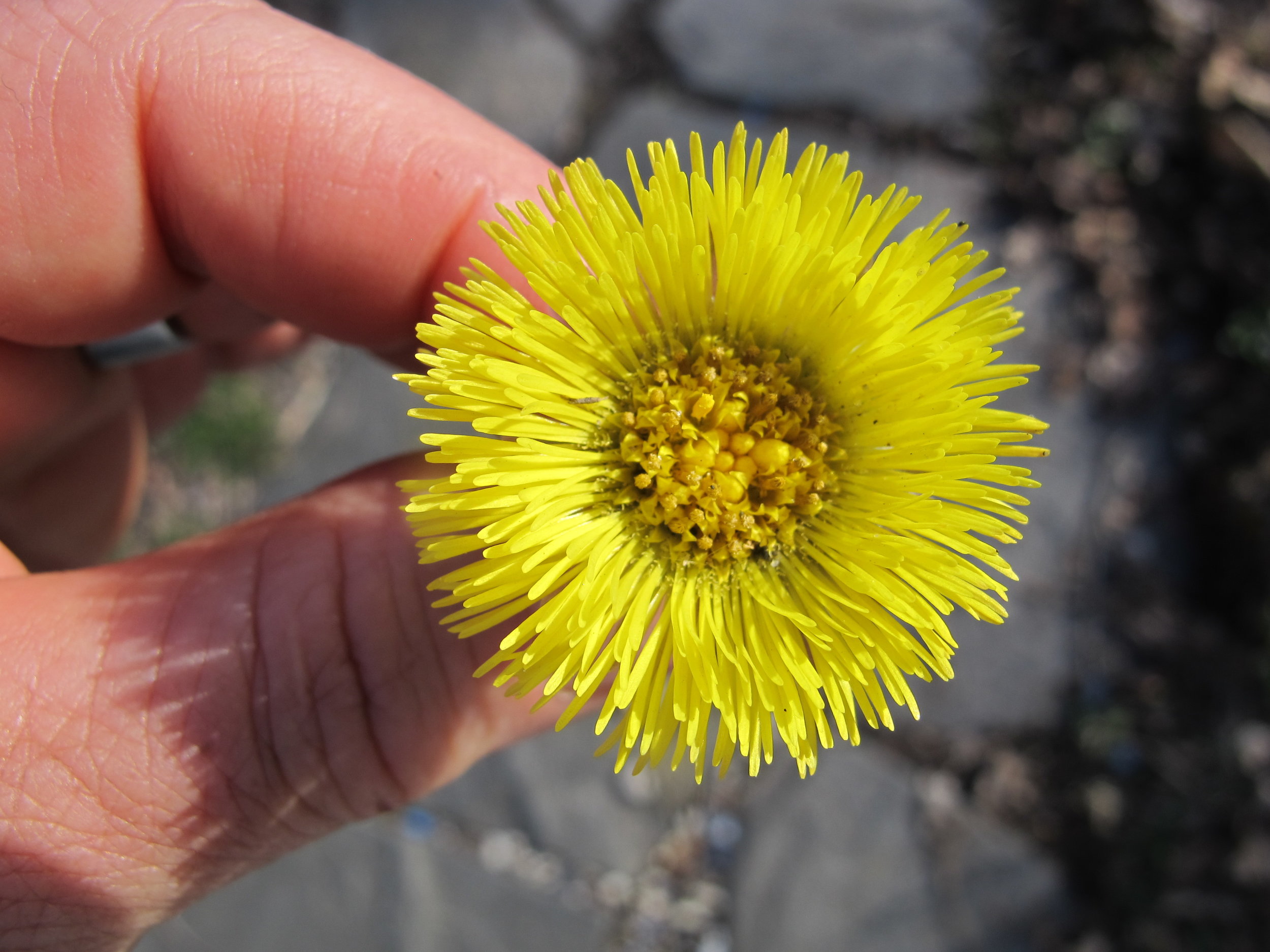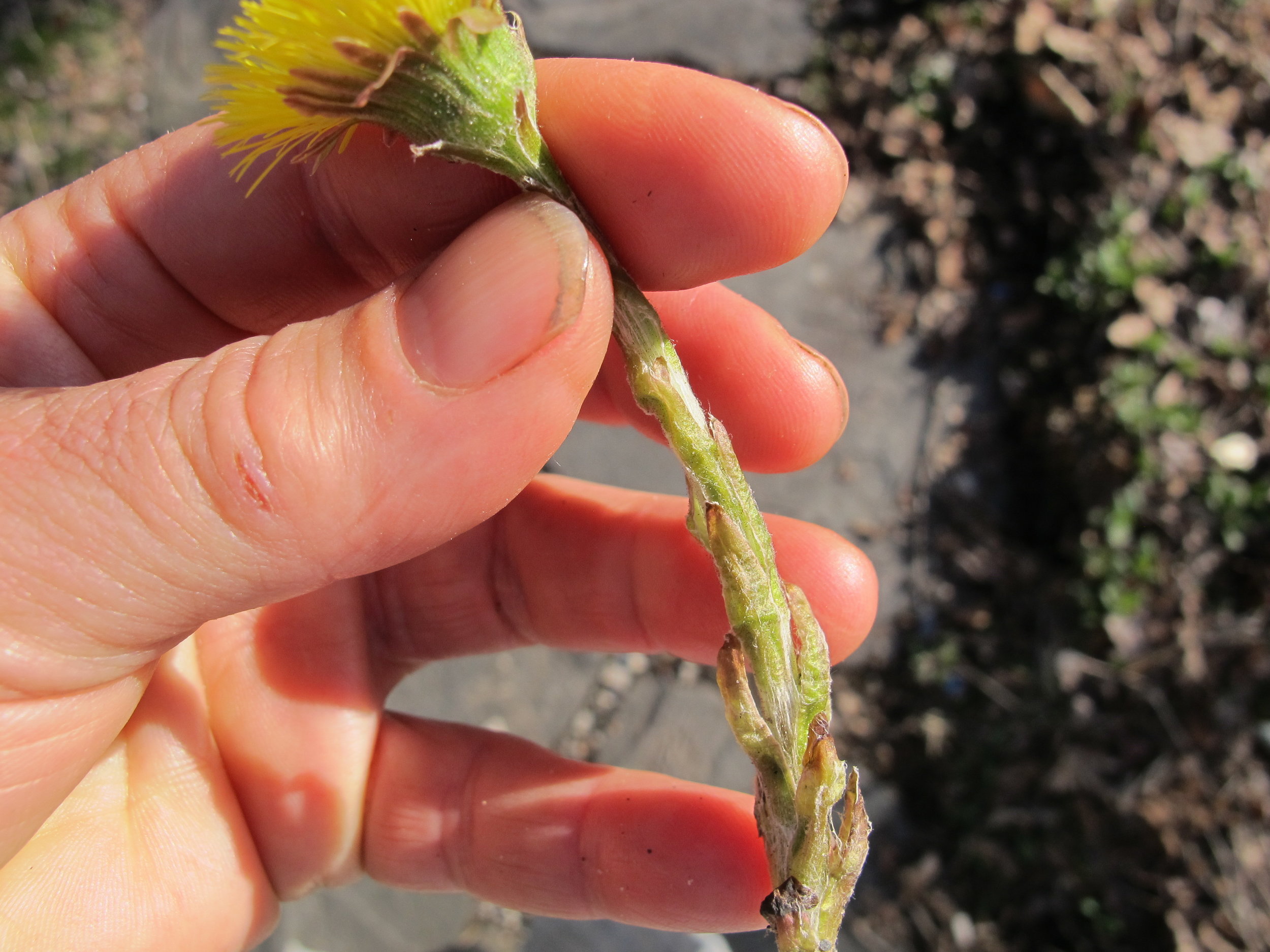It's fiddlehead season! And I am excited to share with you all about this mid-spring, gourmet treat.
In this lesson I focus on the fiddleheads from the Ostrich Fern, scientifically called Matteuccia struthiopteris. They offer a mild and pleasing flavor, to gussy up any spring dish.
The part we eat is the fiddlehead, the crozier— the tightly coiled part of the fern that looks like a fiddle’s (the instrument’s) head, along with its tender stem. Gather when up to 6-7 inches tall, and still has a tightly coiled tip. Eat both the stipe (stalk, aka petiole) and fiddlehead.
However, this gourmet, North American native perennial needs to be gathered sustainably. The first rule: eat only from mature plants that have at least 5 fronds emerging. Then gather no more than ⅓ of the fronds, so harvest only 1 frond from a plant with 5 emerging fronds; 2 from a fern with 6, and so on, (please watch video for more clarity).
Look for Ostrich Ferns along river banks, and shady moist woodlands. They grow in rich moist soil, in shady to part shady conditions. As a Native of North America they can be found throughout the USA and Canada in hardiness zones 2–7. https://plants.usda.gov/home/plantProfile?symbol=MAST
If none grows in your area, plant some of these shade-loving, regal beauties. They are easy to grow, yet slow to take off, but once established and happy, they will spread = tasty eating.
Detailing Ostrich Ferns morphology.
This fern is dimorphic (pretty cool)! It grows two types of ferns, fertile and sterile. We eat the sterile ones that are green and soft, versus the fertile fronds that are stiff and brown.
Ostrich Fern ID+
The leafy sterile (edible) frond grows 2-6 feet tall. When fully grown it is largest above the middle and tapers at both ends.
The fertile frond is small, brown, and stiff and may grow up to a foot tall. It releases spores during winter and spring.
Both fertile and infertile fronds’ stipes (stalk) below the blades (expanded leafy part of the fern), and the rachis’ (the central stalk within the blade) have a groove—a u-shaped indent down its middle.
The fern is not wooly or hairy and the sterile (edible) fronds, when they emerge, have a brown coppery papery sheath covering them.
Wishing you fiddlehead fun!




















